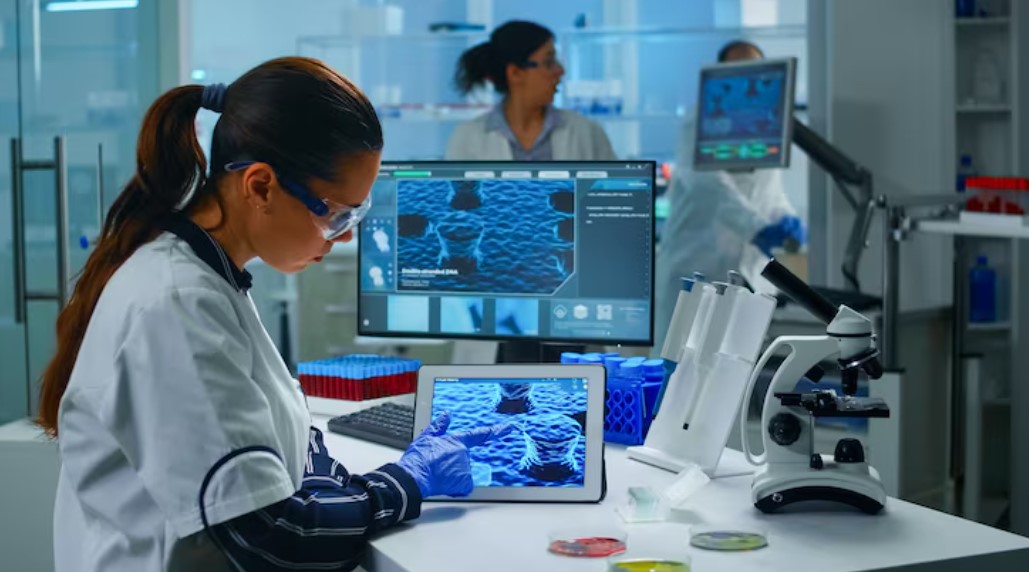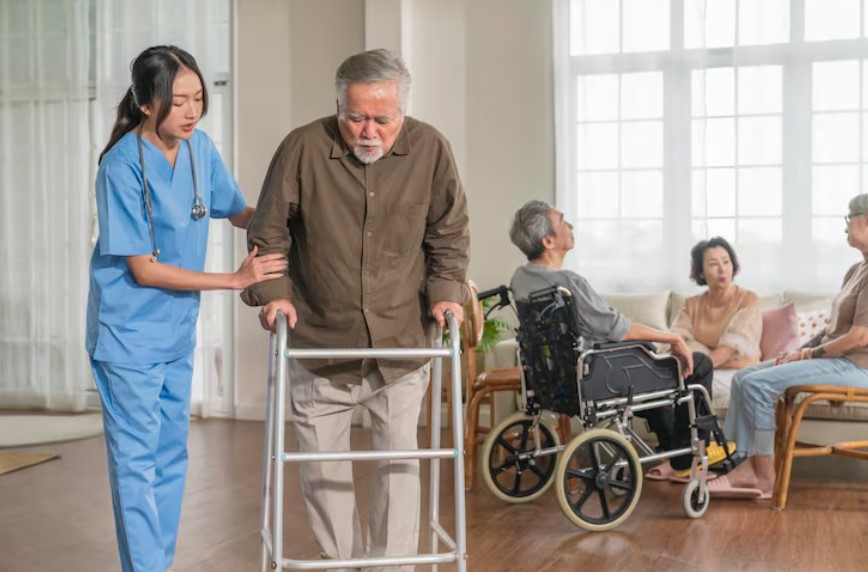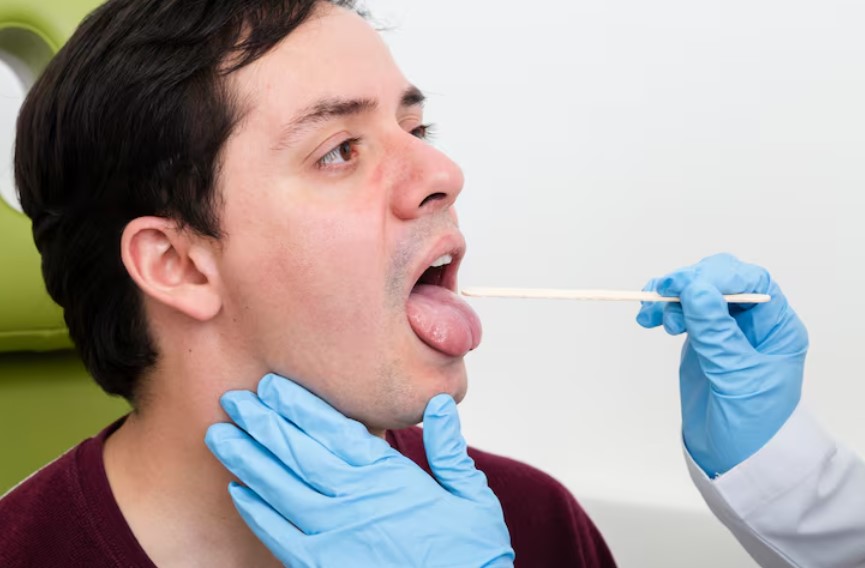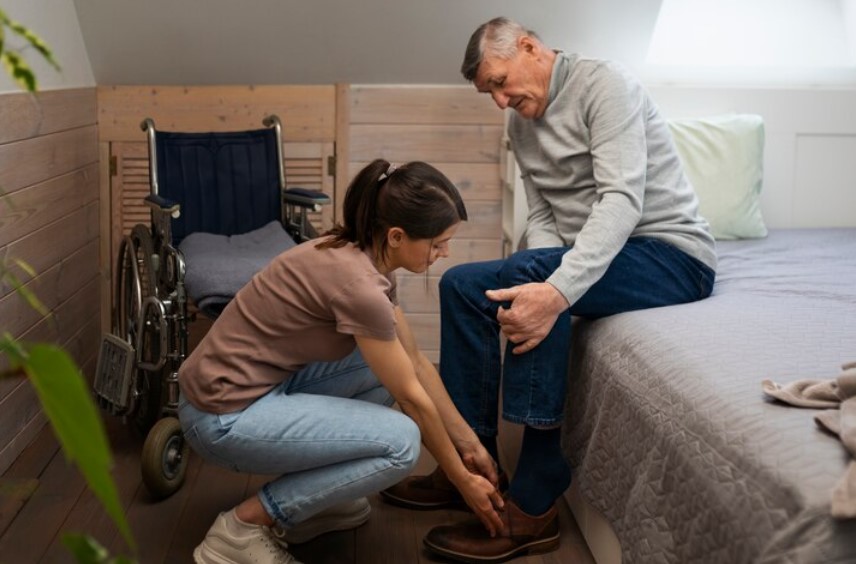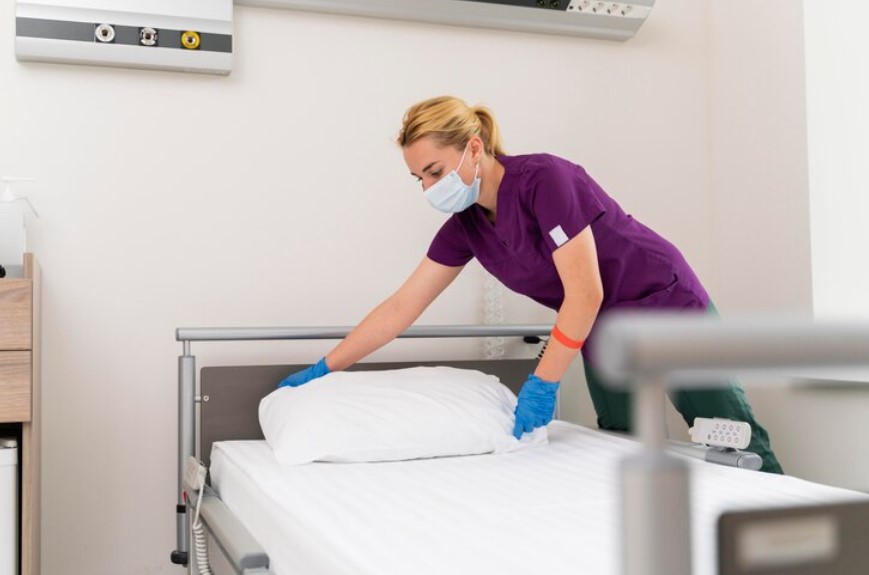20
Jun 2019
Healing space doesn't 'feel' like a hospital
Published in General on June 20, 2019

It’s been five years since the opening of the Chris O’Brien Lifehouse, and the difference it’s helped make in the lives of its patients are already apparent.
Since her 2018 cancer diagnosis, Jovaka Zutic has been back and forth between her home and the hospital. It seems never ending - until she visited the Chris O’Brien Lifehouse. That’s when she knew that something was different and began to feel a sense of hope.
After her first visit, Zutic was amazed. “It doesn’t feel like a hospital,” she said, which is what many other patients have said about the Chris O’Brien Lifehouse. “It’s bright and airy, I have my own private room, and the nurses are always smiling. Even down the noise - there’s no beeping or buzzing or trolley wheels going by - it’s not like a hospital at all.”
This cancer centre one of a few new healthcare facilities that were specifically designed with the people in mind, as opposed to the traditional utilitarian model. The design was actually based off an evidence-based approach that showed less risk of infection, a shorter timeframe of hospitalization, and even increased happiness amongst the staff. It's also helpful that this new concept is more pleasing to the eye, making it much more inviting and comfortable.
Since it’s been just five years since the Chris O’Brien Lifehouse opened its doors, it’s tough to say how big of an overall impact the facility will make on its patients and staff. But no one can deny how beneficial it’s proven to be so far.
The first conception of the idea for a facility dedicated to cancer at the Royal Prince Alfred Hospital was in the late 1990s. Many cancer centres were already making differences in the lives of patients in North America, which is what finally inspired Professor O’Brien to champion a facility in Sydney.
The project was prioritised even further when Professor O’Brien was diagnosed with a very aggressive tumor in his brain in 2006.
"We started with a blank slate, and it was really an invitation to model it exactly how we wanted," O'Brien explained. For example, the entrance that was originally designed to be placed on a busy roadway was moved to a quiet, narrow side street, "like the knave of a church", he described.
The entrance was peaceful, welcoming and filled with light. There was a grand piano in the front lobby that was open for all to play, and its music would echo through the hospital to all the floors above.
Ronald Hicks, the Principal and National Director of Health at HDR, the architectural firm that was responsible for the design of the hospital, explains that “natural light plays a fundamental role in the architectural concept of Lifehouse.
“The quality of this light as an inspirational and reassuring element is evident throughout the building, particularly in the major public and circulation spaces like the central atrium. Incorporating extensive glazing in a clinical building does, however, require careful consideration.
The perforated screens help filter natural light appearing in delicate patterns that change form and colour through the course of the day and bringing the interior spaces to life.”
Now, over 40,000 patients enter the hospital’s doors every single year. They might be just passing through for a few day therapy sessions on the lower levels. While others might be in for a much longer stay, just like Zutic and David Smiedt, another Chris O’Brien Lifehouse patient.
“When you walk into the building, it immediately strikes you that it’s different from those very old-school, dull and gloomy hospitals that I grew up with,” said Smiedt, who received his cancer diagnosis in 2017.
The old ideas of the dark, gloomy hospital rooms and dull, lifeless waiting rooms are quickly fading into the past. Researchers are discovering that things such as isolation and boredom can actually have a very negative impact on the recovery of patients.
Designing and creating more inviting spaces that are accessible and allow patients to socialise is helping to solve these issues. It allows the patients to feel more like people and feel at ease.
When they’re able to relax and enjoy themselves more, it makes the healing and recovery process much easier on them in many ways.
Smiedt found peace and solitude between treatments on the balcony of his private room, while his window provided him with a feeling of connection to the outside world. "Just to feel a bit of sun on my skin was a really lovely break, and it helped me to feel less isolated," he explained.
Providing patients with a private room allows them personalise their space and have a feeling of control. It’s quite common for some patients to hang quilting and embroidery projects that they make at Arterie, a weekly arts and crafts meetup hosted at the hospital.
“You’re also encouraged to leave your room,” said Smeidt, who you could often find wandering the halls, “there was a competition to see who could do the most laps. He would meet visitors in the communal cafe that was located on the lower level. Since there were no strict visiting hours, Smeidt’s family and friends were able to visit whenever and as often as they wished, which allowed him to see even more connected to life outside of the hospital.
"You could almost pretend that it was normal again and you were just having a coffee with mates. For me that was important because there were times when you get sick of feeling like the patient," he said.
Things are now looking up for Smiedt and he’s recovering well, which he attributes to his time and treatment at Chris O’Brien Lifehouse. Gail O'Brien, a patient advocate, believes Smiedt's story to be a success. "Patients often say to me, I'd rather not have cancer, but if I have to get it, this is the place to be," she said. "It's so gratifying to hear how the building affects not only our patients but our staff and volunteers. It's very much a healing space.
“The design on Chris O’Brien Lifehouse is about more than providing an innovative clinical and research environment," said Ronald Hicks of HDR. "It is about creating a facility that focuses on the needs of all users - a patient-centered environment that is about dignity, respect, and care for patients and carers.
Equally, though, it needs to provide a working environment for all clinicians to deliver their best - we believe the created environment works at a series of levels of experience. It really strives to be about creating positive space.”
